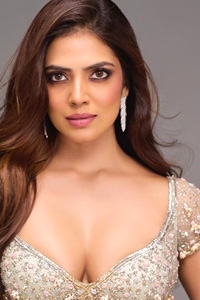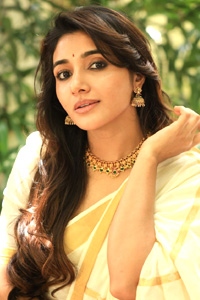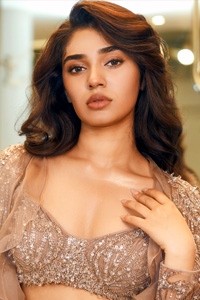The coming of age of screen love


Send us your feedback to audioarticles@vaarta.com


On the surface "Naach" looks like another avant-garde Ram Gopal Varma film. But look closely at the lead pair, Abhishek Bachchan and Antara Mali, who in Varma's words "create chemistry through distances" in this erotic film.
Abhishek and Antara certainly don't seem to be made for each other, as earlier successful screen couples like Raj Kapoor-Nargis, Rajesh Khanna-Sharmila Tagore and Amitabh Bachchan-Jaya Bhaduri. Yet they recall the days of subtle synergy and intangible chemistry -- and no recent film typifies that feeling better than "Naach".
Throughout this erotic romance, Abhishek and Antara are seen to be intimate, without even once getting into a clinch or striking torrid postures.
Says Varma: "The beauty of the Abhishek-Antara pairing in "Naach" is in the chemistry they create through distances. I think it's very important for a screen couple to behave naturally, remain in character rather than huddling together to win audiences' wolf whistles all the time."
Are the screen pairings growing up? Is Hindi cinema moving away from the coy-and-brazen flip and flop that couples have been playing ever since Raj Kapoor roughed up Nargis and ignited the screen in "Awara"?
On-screen chemistry can certainly mean something beyond obvious embraces and furtive smooches. It can also move ahead of the recent upfront sexuality of "Murder".
There were also the earlier conventions of men and women expressing their love in the strangest of ways. Check out Kamal Haasan's monkey tricks to romance Rati Agnihotri in "Ek Duuje Ke Liye" or Dharmendra threatening to commit suicide from a water tower to win over Hema Malini in "Sholay" - contrasting sharply with the sensuous serenity that has crept into the portrayal of on-screen pairs in recent times.
In Karan Johar's "Kal Ho Na Ho", the lead pair Shah Rukh Khan and Preity Zinta weren't shown going into a single intimate pose to prove their love. The couple almost harked back to Nasir Khan and Meena Kumari in Kamal Amrohi's "Daeera", Rajesh Khanna and Sharmila Tagore in "Amar Prem" and Amitabh Bachchan and Sumita Sanyal in "Anand".
These couples didn't touch each other even in passing and were yet considered among the most engaging screen lovers ever created!
What entails a successful screen pair? Is it a real-life camaraderie that translates well on screen?
"Not really," says Sammir Dattani, the only actor in Bollywood who has had the privilege of wooing two different leading ladies playing the same character in the same film.
Explains Sammir: "Halfway through my first film "Uuf Kya Jadoo Mohabbat Hai" the leading lady Tanisha (Kajol's sister) had to leave the film. A replacement Pooja Kanwal was brought in. They were very different in every way. I had to go through the strange experience of doing the same romantic situations and scenes with two different actresses.
"At first it felt unreal. But then I began to look beyond the actresses at the character that they both played. Then it was okay. If you ask me, then I don't think a really successful romantic pair is about smooching and cuddling. It's about how deep you can get into character and project the emotions that he or she feels."
Dattani, who is all of 22, expresses a valid point.
On-screen love isn't about the comfort level between the two actors but how they use the space around their characters to approach that deep and unfathomable feeling called love.
In Shakti Samanta's "Amar Prem", Sharmila Tagore and Rajesh Khanna's physical presence was forgotten. They became two souls leaping into a stratosphere of sensuality as he sang "Chingari koi bhadke" to her on a swaying boat on the Hooghly.
How different from "Aradhana" where in the song "Roop tera mastana" even the camera seemed to embrace the couple as they came closer and closer to each other.
There're ways and ways of expressing love -- from Sunil Dutt wooing Nutan with roses and songs in A. Subba Rao's "Milan" to the jungle mating rituals of Jackie Shroff and Urmila Matondkar in Ram Gopal Varma's "Rangeela"... and now to Rituparno Ghosh's Bengali "Antar Mahal" where Abhishek Bachchan and Soha Ali Khan exchange nothing more than looks most of the time.
On-screen couples seem to have come a long way from their beginnings when love meant long winded dialogues, plastic flowers touching one another and other puerile devices.
On-screen couples have also come a long way from Basu Bhattacharya's "Astha" where Rekha wrestled with Om Puri and Navin Nischol to prove how liberated the Hindi film heroine had become.
The 'love' scenes in "Astha" had prompted the romantic extraordinaire Gulzar to comment: "A good love sequence is one where we can go beyond the body of the two people in love."
Enough of Jism now. It's time to perform the delicate Naach of courtship in moods that are more erotic than idiotic
Follow us on Google News and stay updated with the latest!
Comments
- logoutLogout





 Follow
Follow



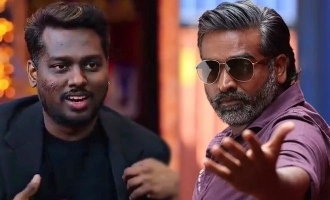
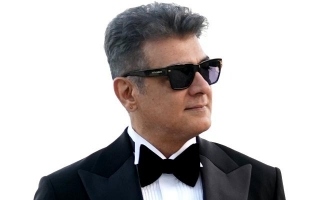

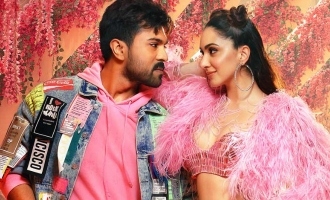
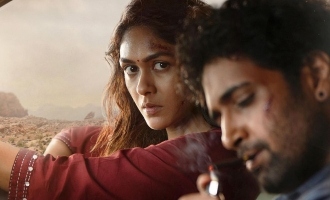
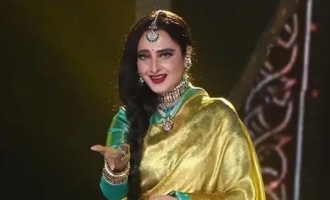



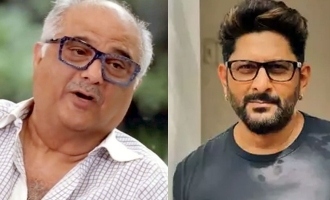
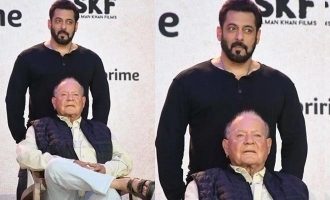
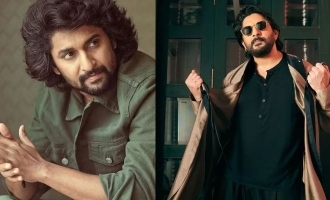
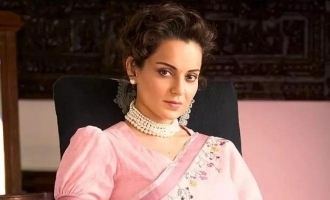
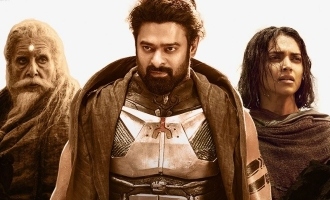

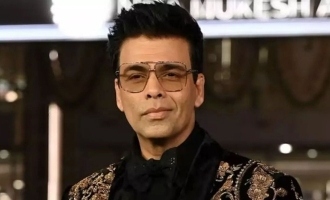

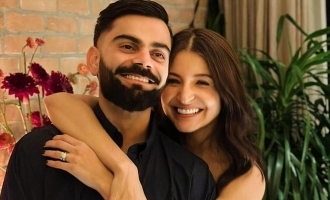
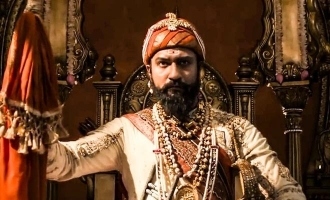
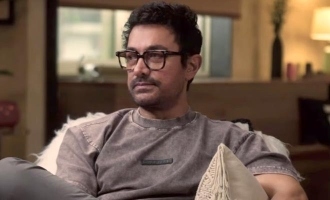
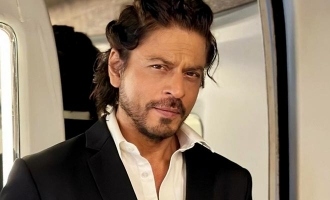
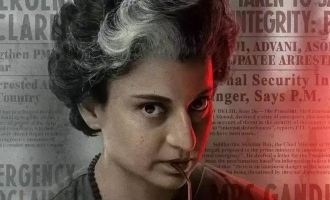
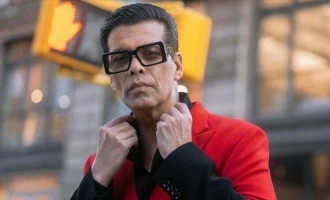
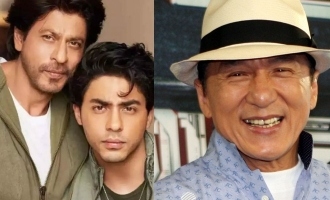

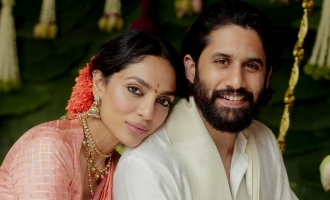
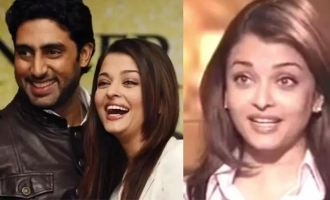
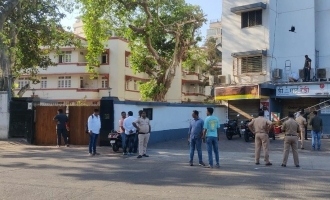
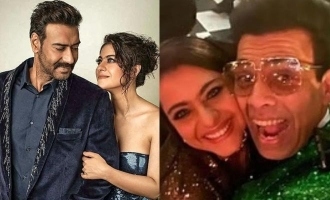
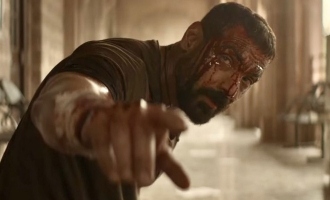
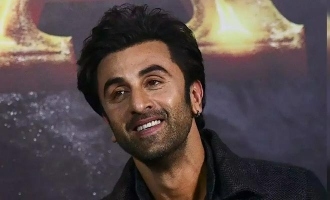
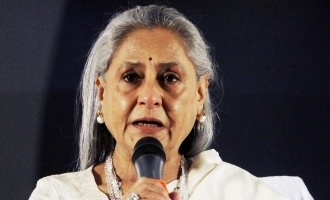
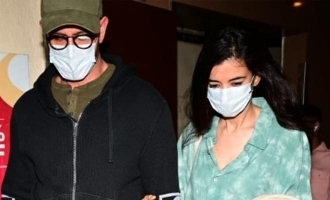
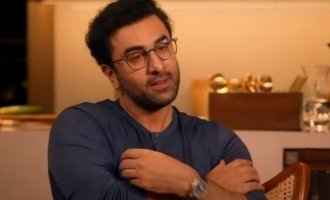


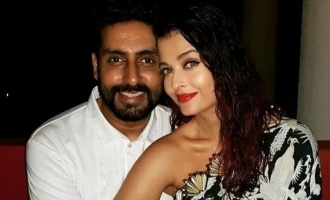

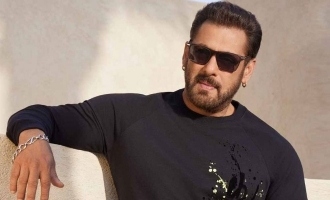

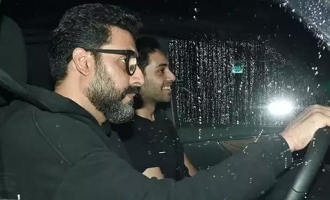
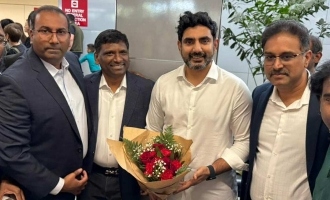
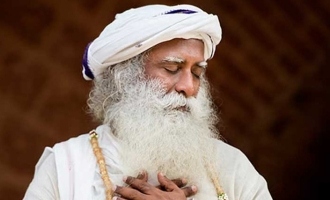
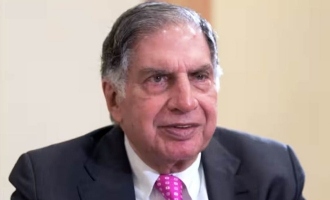
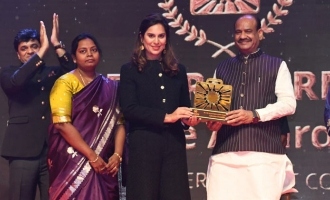

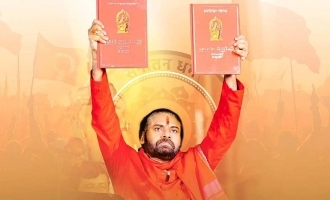
-a3e.jpg)
-3c4.jpg)
-e5c.jpg)
-e66.jpg)

-71b.jpg)





